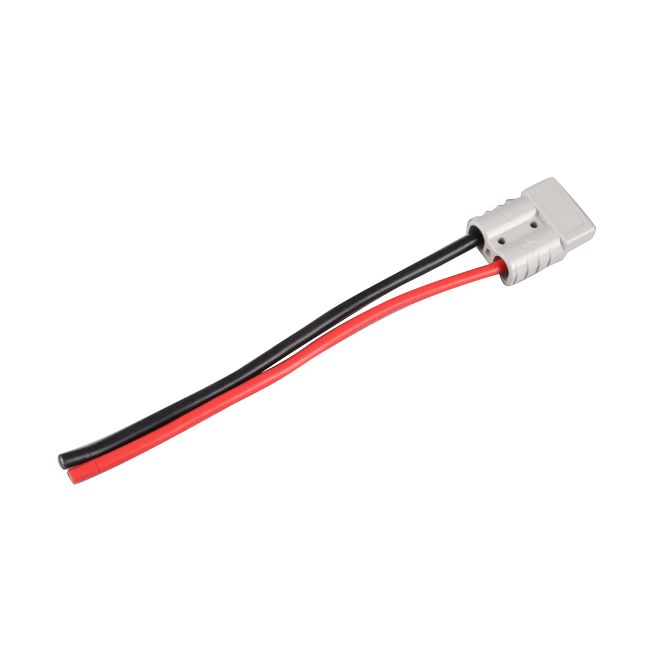Key Features of an Energy Storage Wire Harness
2024-05-20
An energy storage wire harness is a crucial component in systems that store electrical energy, such as batteries, supercapacitors, and other energy storage devices. It serves as the organized bundle of wires, cables, and connectors that ensures the safe and efficient transmission of electrical power and data within the energy storage system.
Key Features of an Energy Storage Wire Harness:
1. High-Quality Materials:
- Conductors: Made of materials with high electrical conductivity, such as copper or aluminum, to minimize energy loss.
- Insulation: Typically uses materials like PVC, Teflon, or silicone to provide excellent insulation, thermal stability, and resistance to harsh environmental conditions.
2. Custom Design:
- Tailored Configurations: Designed to meet the specific requirements of the energy storage system, including the layout, length, and type of connectors.
- Compact and Organized: Structured to optimize space and ensure neat and orderly routing of wires.
3. Connectors and Terminals:
- Reliable Connections: Equipped with high-quality connectors and terminals to ensure secure and reliable electrical connections.
- Easy Maintenance: Designed for easy installation, connection, and maintenance, minimizing downtime and servicing costs.
4. Safety Features:
- Protection: Includes features such as fuses, circuit breakers, and thermal protection to prevent short circuits, overloading, and overheating.
- Shielding: Uses shielding materials to protect against electromagnetic interference (EMI) and radio-frequency interference (RFI), ensuring the integrity of data and power transmission.
Uses of an Energy Storage Wire Harness:
1. Electric Vehicles (EVs):
- Facilitates the connection between the battery pack and the vehicle's electrical system, including the motor, control unit, and charging port.
- Ensures efficient power transfer and communication within the EV's energy management system.
2. Renewable Energy Systems:
- Integrates battery storage with solar panels or wind turbines, enabling the storage and distribution of renewable energy.
- Supports the smooth operation of inverters, charge controllers, and other components in the energy storage setup.
3. Uninterruptible Power Supplies (UPS):
- Connects batteries to UPS systems, providing a reliable power source during outages and ensuring continuous operation of critical equipment.
- Maintains power supply integrity for data centers, hospitals, and other facilities requiring uninterrupted power.
4. Industrial and Commercial Applications:
- Used in various industrial energy storage systems to ensure stable power supply for machinery, equipment, and production lines.
- Supports energy management systems in commercial buildings, enhancing energy efficiency and reducing operational costs.
Benefits of an Energy Storage Wire Harness:
1. Improved Efficiency:
- Reduces electrical losses due to high-quality conductors and optimized routing of wires.
- Enhances overall system efficiency by ensuring reliable power transmission.
2. Enhanced Safety:
- Incorporates safety features to prevent electrical faults, overheating, and other hazards.
- Ensures compliance with industry standards and regulations, providing peace of mind.
3. Ease of Installation and Maintenance:
- Simplifies the assembly and integration process, saving time and reducing the risk of errors.
- Facilitates easier maintenance and troubleshooting, minimizing downtime and maintenance costs.
4. Customization and Scalability:
- Can be tailored to meet specific requirements of different energy storage systems.
- Scalable design allows for future upgrades and expansion of the energy storage setup.
Conclusion:
An energy storage wire harness is a vital component that plays a significant role in the performance, safety, and efficiency of energy storage systems. Whether in electric vehicles, renewable energy installations, UPS systems, or industrial applications, a well-designed wire harness ensures reliable power distribution and enhances the overall functionality of the system. By choosing the right materials, design, and safety features, you can optimize your energy storage solution to meet the specific demands of your application.



